AOC G2460PG 24″ G-Sync Monitor Review
Rikki Wright / 9 years ago
Datacolor Spyder 5 Elite Testing
Using the Datacolor Spyder 5 Elite, we are able to consistently test the colour gamut, accuracy and uniformity, brightness levels and uniformity and contrast ratios.
Colour
Generally speaking, for crisp and almost true to life colour reproduction, the AdobeRGB percentages needs to be around 85%. This monitor falls slightly short of that, however, this monitor was never designed for image editing and the colour set-up is perfect for its intended use, gaming!
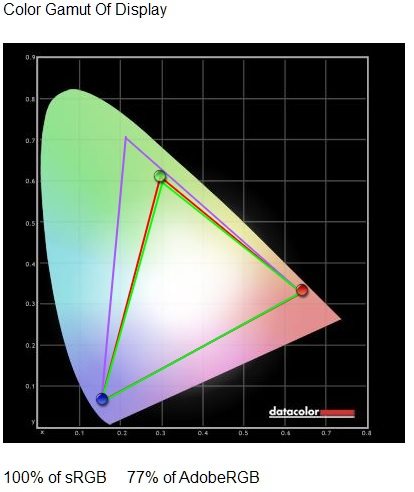
Uncalibrated Colour Gamut
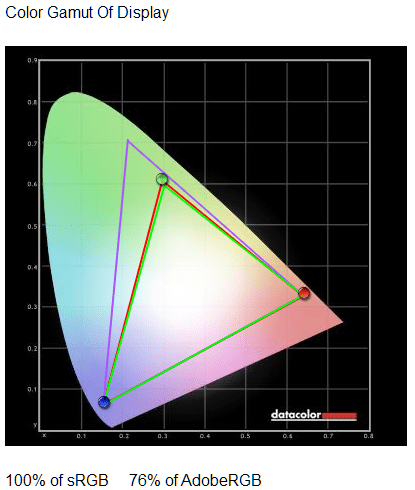
Calibrated Colour Gamut
Accuracy
When testing the accuracy of the colours, Delta-E is the overall score. With an average of 2.14 when uncalibrated, the monitor is set up pretty well from factory. Once calibrated, the results drop to 1.21, that is seriously impressive and almost matches the scores I’ve seen from professional grade IPS panels.
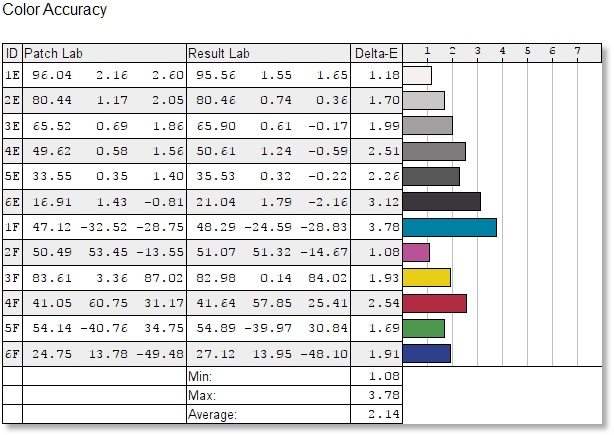
Uncalibrated Colour Accuracy
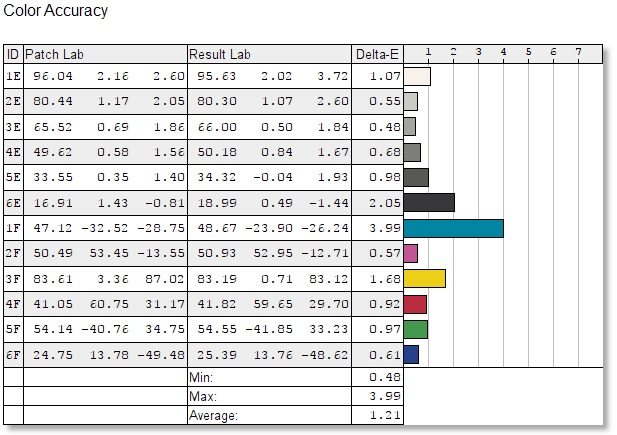
Calibrated Colour Accuracy
Uniformity
Colour uniformity is simple, you want the colours displayed across the entire screen to be the same and as low as possible, under 3 ideally, but as close to 0 as possible is what is expected. The differences between each result is so small, that you couldn’t tell the difference.
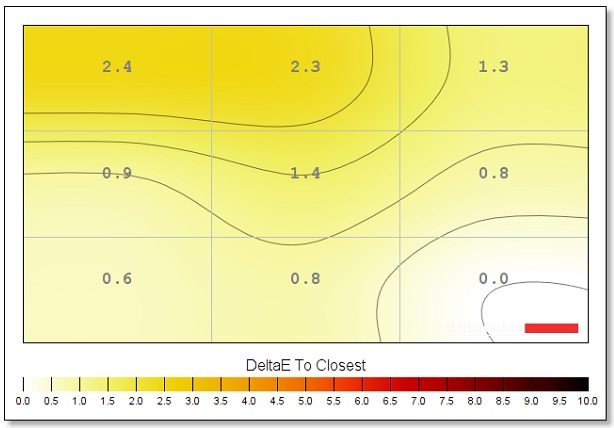
Uncalibrated Colour Uniformity
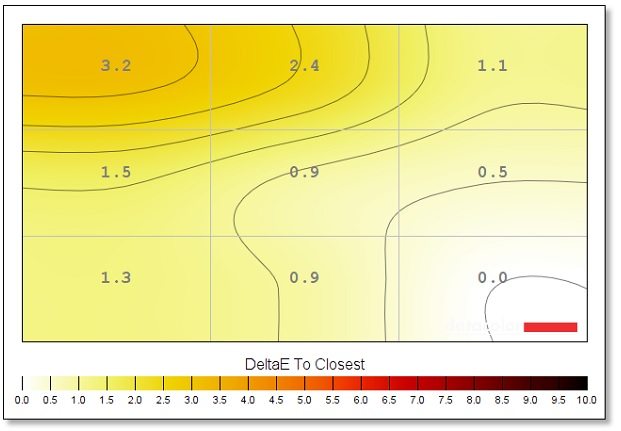
Calibrated Colour Uniformity
Brightness Levels
Brightness is generally ignored to an extent, the brighter the screen can get the better for image editing, but poor for movies and gaming as you have to turn the settings down to give the best experience. The differences between uncalibrated and calibrated is very slim, but the calibrated version just edges the win. It just goes to show that some companies can send out a very good display from the factory.

Uncalibrated Brightness and Contrast Ratios

Calibrated Brightness and Contrast Ratios
Uniformity
Much like colour uniformity, brightness is ideal when it is the same across the entire screen. Again, as with Colour Uniformity, the differences are so small that you wouldn’t be able to pick them out with the naked eye.
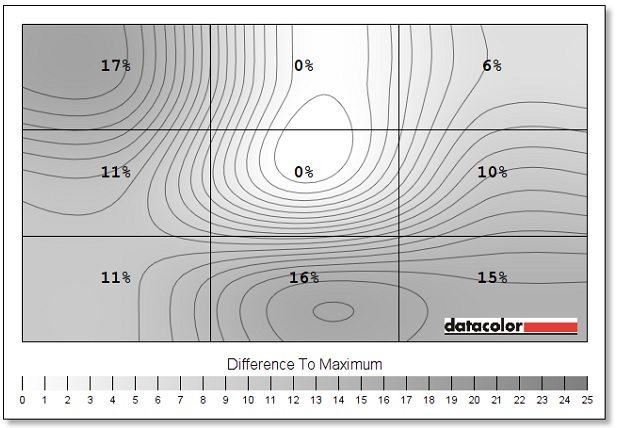
Uncalibrated Luminance Uniformity
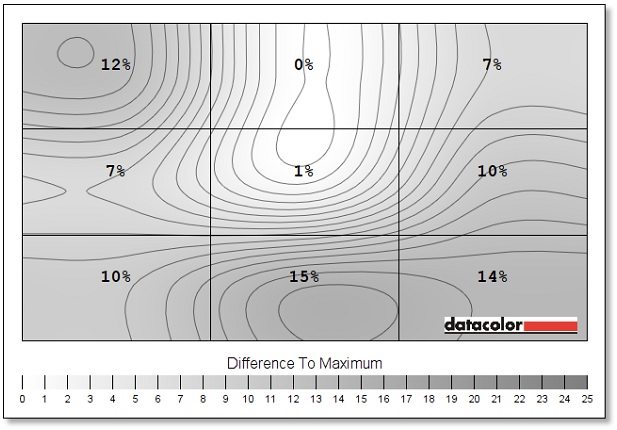
Calibrated Luminance Uniformity



















